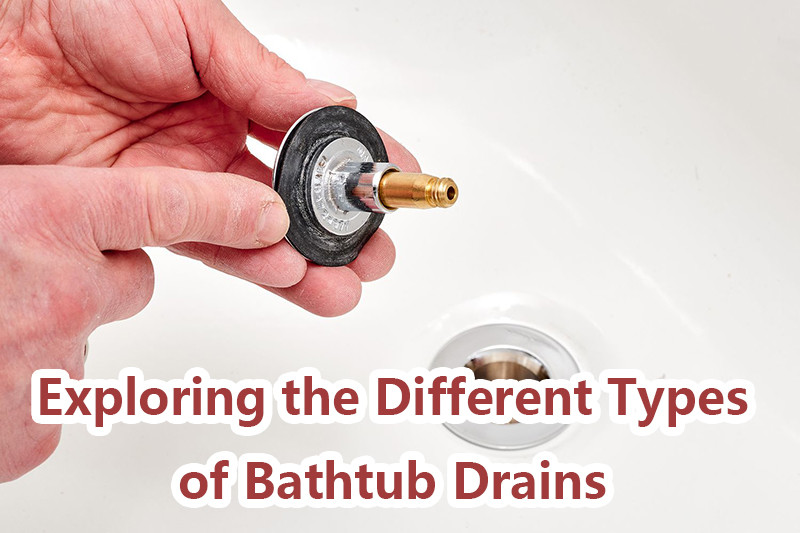
Bathtub drains may seem like a minor detail in bathroom design, but they play a crucial role in functionality and aesthetics. The right bathtub drain can enhance your bathing experience, ensure efficient water drainage, and complement the overall look of your bathroom. Here’s a comprehensive guide to the different types of bathtub drains, their features, and their benefits.
Different Types of Bathtub Drains
1. Trip Lever Drain
The trip lever drain is one of the most common types of bathtub drains. It operates with a lever mounted on the overflow plate of the tub. When the lever is in the up position, the drain is closed, allowing the tub to fill with water. When the lever is down, the drain opens, letting the water out.
Advantages:
- Ease of Use: The lever mechanism is simple and easy to operate. A quick flick of the lever allows for easy drainage or water retention, making it user-friendly.
- Durability: These drains are generally robust and long-lasting. Made with quality materials, they can withstand years of use without significant wear and tear.
- Aesthetic Variety: Available in various finishes to match your bathroom fixtures, such as chrome, brushed nickel, or oil-rubbed bronze, allowing for a coordinated look.
Disadvantages:
- Maintenance: The internal linkage mechanism can sometimes get clogged or require adjustments. Hair and soap scum can build up over time, necessitating periodic cleaning.
- Complex Installation: Installation might be more complex compared to simpler drain types, often requiring professional help to ensure proper alignment and function.
2. Lift-and-Turn Drain
The lift-and-turn drain is another popular option, especially in older homes. This type of drain has a small knob on the drain itself. To open the drain, you lift the knob and turn it. To close it, you push it down and turn it in the opposite direction.
Advantages:
- Simplicity: The lift-and-turn mechanism is straightforward and easy to use. It doesn’t require any complicated movements, making it accessible for all ages.
- Affordability: Generally less expensive than more complex drain types. This makes it a budget-friendly option for those looking to update their bathroom fixtures.
- Minimal Maintenance: Fewer moving parts mean less can go wrong. The simple design minimizes the risk of mechanical failure.
Disadvantages:
- Manual Operation: Requires manual handling, which some might find inconvenient, especially if they have mobility issues or prefer a hands-free option.
- Wear and Tear: The mechanism can wear out over time, requiring occasional replacement. Regular use can lead to loosening, necessitating periodic tightening.
3. Push-and-Pull Drain
Similar to the lift-and-turn drain, the push-and-pull drain uses a knob on the drain. However, instead of turning the knob, you simply push it down to close the drain and pull it up to open it.
Advantages:
- User-Friendly: Very easy to operate with a simple push and pull motion. This makes it highly intuitive and quick to use.
- Cost-Effective: Typically affordable and widely available. It’s a great option for homeowners looking for a simple and economical solution.
- Durable: Designed to withstand regular use without frequent maintenance. The sturdy build ensures long-term reliability.
Disadvantages:
- Manual Operation: Like the lift-and-turn, it requires manual engagement. This might not be ideal for everyone, particularly those who prefer automatic or foot-operated systems.
- Potential for Sticking: The mechanism can sometimes stick if not properly maintained. Regular cleaning is necessary to prevent this issue.
4. Toe-Touch Drain
The toe-touch drain, also known as a toe-tap or foot lock drain, is designed for convenience. It allows you to open and close the drain by pressing it with your toe.
Advantages:
- Convenience: Operated hands-free, which can be particularly useful when your hands are full or wet. This feature is especially handy during a bath when you might not want to use your hands.
- Modern Design: Offers a sleek, contemporary look. The streamlined design can enhance the modern aesthetic of any bathroom.
- Ease of Installation: Generally easy to install and replace. It typically doesn’t require specialized tools or skills.
Disadvantages:
- Mechanism Wear: The spring mechanism can wear out over time, necessitating replacement. Continuous use can lead to spring fatigue.
- Potential for Clogging: Hair and debris can cause the mechanism to stick. Regular cleaning is required to maintain smooth operation.
5. Flip-It Drain
The flip-it drain is a relatively new type of drain that features a simple rotating cover. You flip the cover to one side to open the drain and flip it back to close it.
Advantages:
- Simplicity: Extremely easy to use with a straightforward flip action. There’s no need for knobs or levers, making it a hassle-free option.
- Low Maintenance: Few moving parts mean less likelihood of malfunction. The simplicity of the design reduces the risk of operational issues.
- Quick Installation: Typically easy to install without the need for professional help. Homeowners can usually handle the installation themselves.
Disadvantages:
- Limited Design Options: May not be available in as many finishes or styles as other types. This could be a drawback if you’re looking for a specific aesthetic.
- Potential for Misalignment: The flip mechanism can sometimes become misaligned, affecting functionality. Ensuring it stays aligned can require occasional adjustments.
6. Pop-Up Drain
Pop-up drains are often used in sinks but are also available for bathtubs. These drains use a lever or knob to raise and lower a stopper that seals the drain.
Advantages:
- Versatility: Can be used in both sinks and bathtubs, offering a consistent look across bathroom fixtures. This uniformity can enhance the overall design of your bathroom.
- Ease of Use: Simple lever or knob operation. The mechanism is intuitive and doesn’t require significant effort to operate.
- Aesthetic Appeal: Available in various finishes to match bathroom decor. You can choose from finishes like chrome, brushed nickel, or matte black to suit your style.
Disadvantages:
- Complex Mechanism: More moving parts mean a higher chance of mechanical failure. The internal components can wear out over time, requiring more frequent repairs.
- Maintenance: Can require frequent adjustments or cleaning to ensure proper function. The mechanism can accumulate debris, affecting its performance.
7. Grid Drain
Grid drains, also known as strainer drains, feature a grid or series of small holes that prevent large debris from entering the drain. These are often used in conjunction with other types of stoppers.
Advantages:
- Prevent Clogs: The grid design helps to prevent hair and other debris from clogging the drain. This feature is particularly useful in households with long-haired occupants.
- Durability: Simple design with minimal moving parts. The robust construction ensures long-lasting performance.
- Compatibility: Can be used with various stopper mechanisms. This versatility allows for easy integration with existing plumbing.
Disadvantages:
- Manual Clearing: The grid can accumulate debris, requiring manual cleaning. Regular maintenance is necessary to keep the drain clear.
- No Seal: Does not completely seal the drain, so it’s not suitable for holding water in the tub. This type of drain is primarily designed for draining rather than water retention.
Choosing the Right Drain for Your Bathtub
When selecting a bathtub drain, consider your priorities in terms of convenience, maintenance, and aesthetic appeal. Here are some key factors to consider:
- Operation Style: If you prefer hands-free operation, a toe-touch drain might be ideal. For those who value simplicity and affordability, a lift-and-turn or push-and-pull drain could be the best choice. Meanwhile, if you’re looking for a modern and sleek design, the flip-it drain might be the perfect fit.
- Maintenance Needs: Some drains, like the grid drain, require regular cleaning to prevent clogs. Others, like the trip lever and pop-up drains, may need occasional adjustments. Consider how much maintenance you’re willing to undertake.
- Aesthetic Considerations: The finish and style of the drain should complement your bathroom decor. Choose a drain that matches your other fixtures to create a cohesive look.
Understanding the different types of bathtub drains and their unique features will help you make an informed decision, ensuring that your bathtub is both functional and stylish. Whether you prioritize ease of use, durability, or modern design, there’s a bathtub drain that fits your needs.
 WOWOW Faucets
WOWOW Faucets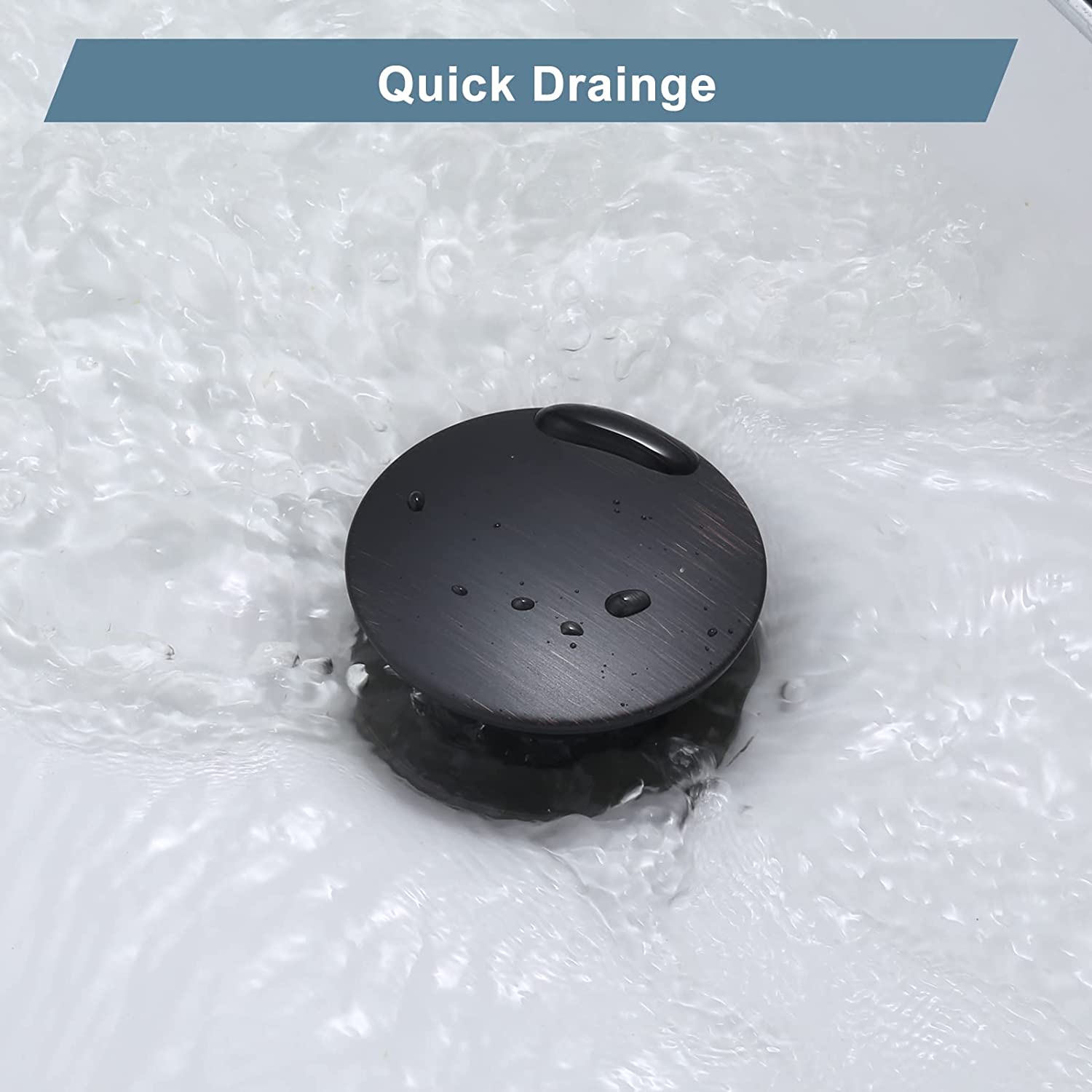


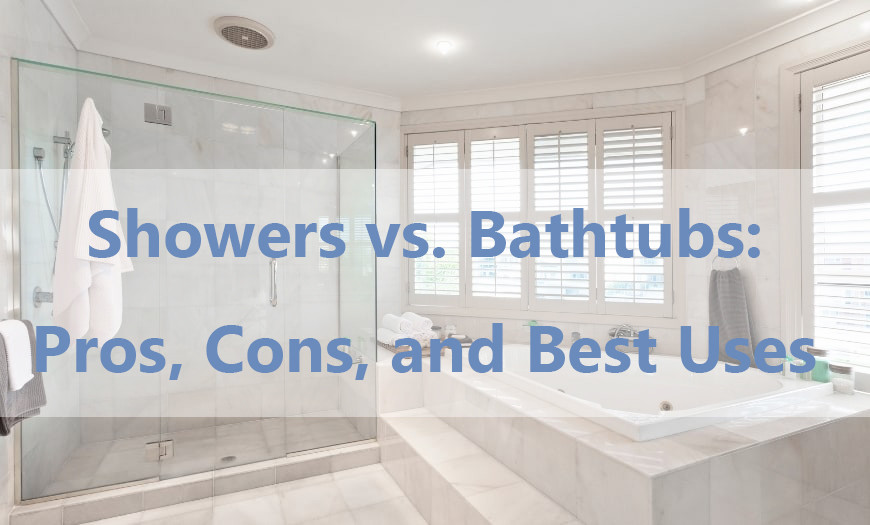
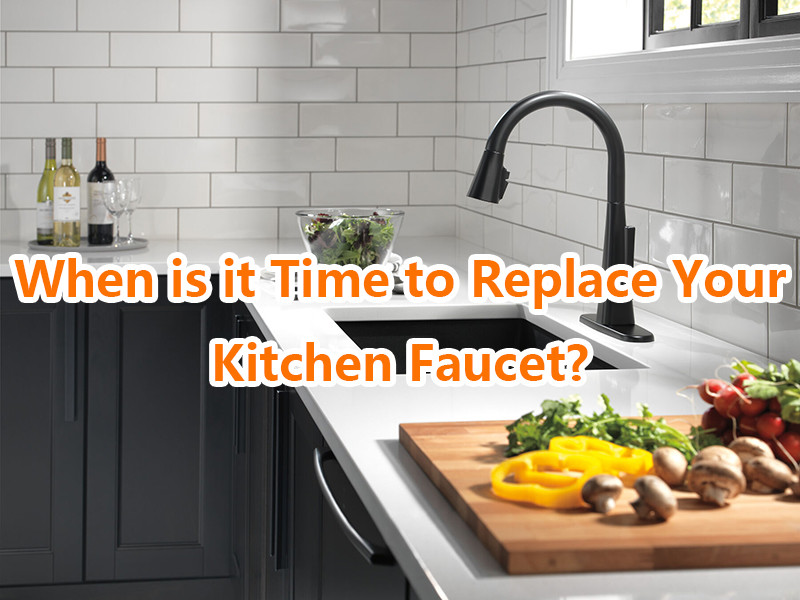

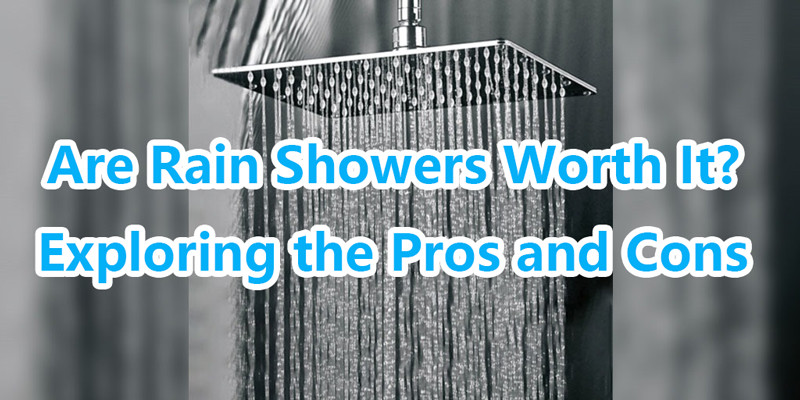
您好!Please sign in